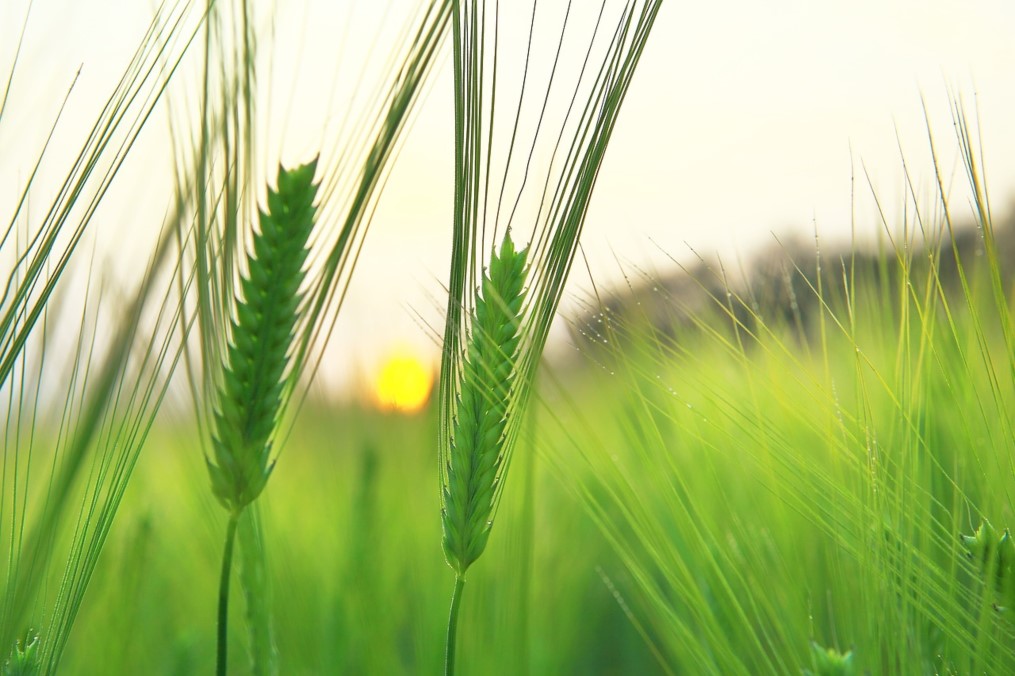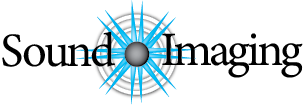Scientists Make Imaging Contrast Dye out of Barley

A research team from the University at Buffalo figured out a way to make contrast dye from roasted barley, which is much less toxic.
Scientists at the University at Buffalo, State University of New York, discovered that roasted barley works as a contrast agent when swallowed. The study was conducted by 12 people, including Jonathan F. Lovell from the Department of Bioengineering, Jun Xia from the Department of Electrical Engineering, and Jumin Geng from the Department of Linguistics and Speech and Hearing Science.
The researchers wanted to find a foodstuff that works as a contrast agent in radiology exams. They tested over 200 different drinks and foods, including tea, chocolate and herbs. They found that roasted barley illuminates the throat and the gastrointestinal track when it is struck with a laser beam.
“It’s really incredible,” stated Xia, “Here you have this common grain — it has been grown all over the world for thousands of years, and used to make tea, bread, beer — and we’re just now finding another use for it as a contrast agent for medical imaging.”
Contrast agents are the main health concern associated with MRI procedures. The most commonly used contrast dyes are made from rare metals called Barium and Gadolinium. Barium is taken orally, which gives some patients stomach aches, nausea, vomiting, diarrhea or constipation. Gadolinium is injected intravenously. There is evidence that it may lead to toxic levels of the agent building up in the brain. But more studies are needed.
In “contrast” barley has been used as food by humans for centuries, including bread and beer. Contrast dyes made from organic ingredients such as barley have the potential to replace metallic elements and chemicals.
If you have an MRI machine that needs servicing check out Sound Imaging’s coil and parts repair services.
